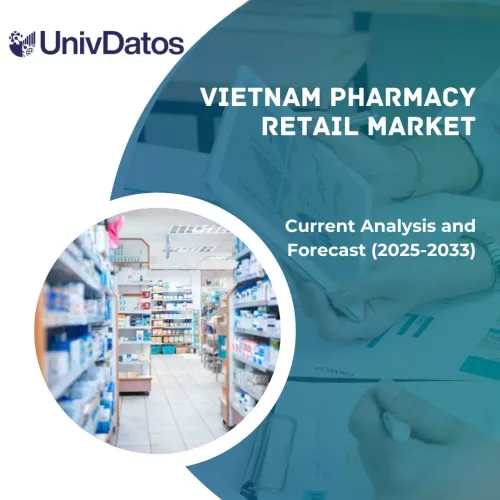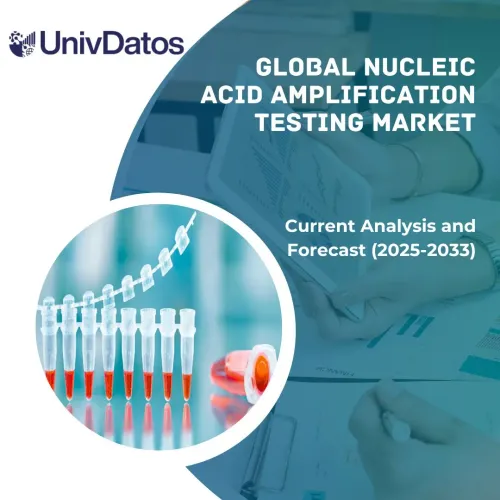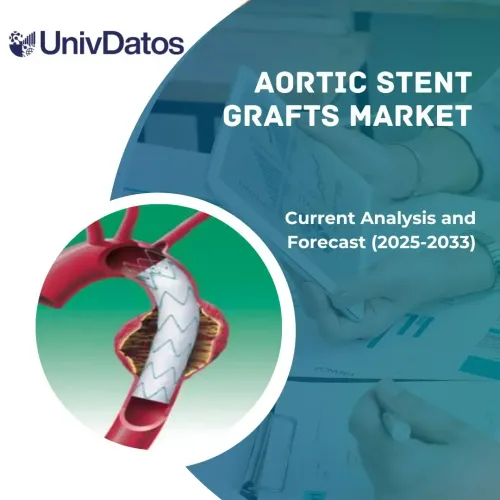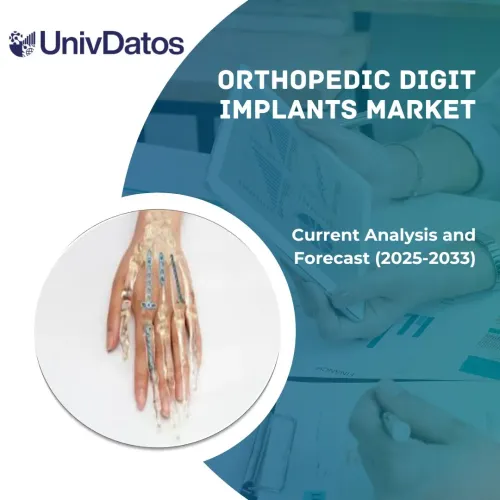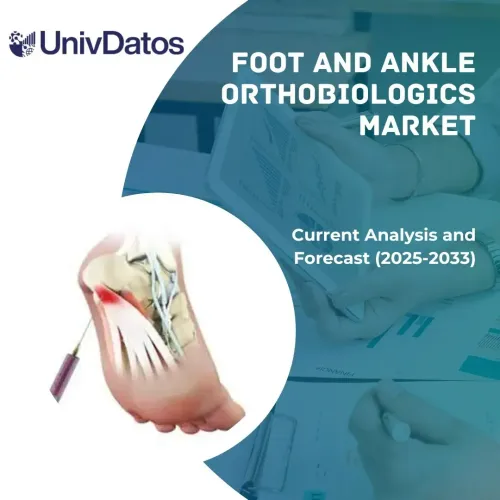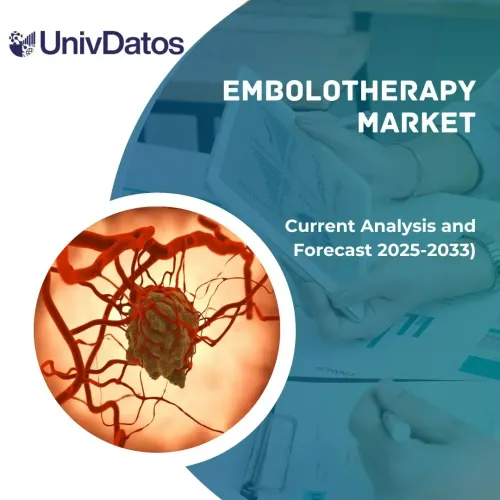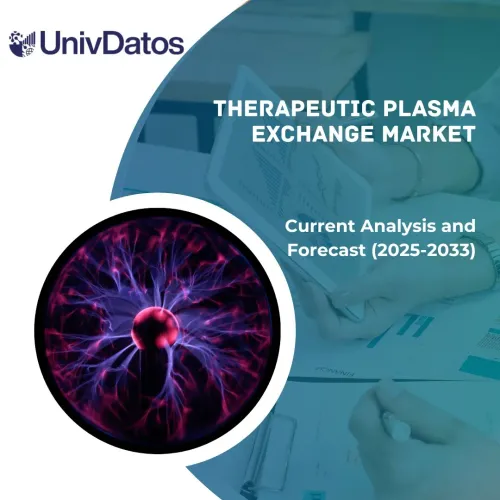- Home
- About Us
- Industry
- Services
- Reading
- Contact Us
Automated Compounding Device (Oncology) Market: Current Analysis and Forecast (2023-2030)
Emphasis on Technology (Gravimetric Compounding System and Volumetric Compounding System); End User (Hospitals, Chemotherapy Centers, and Others); Region/Country

The automated compounding device (oncology) market was valued at USD 482.12 Million and is expected to grow at a strong CAGR of around 7.8% during the forecast period (2023-2030). The market is growing with the rising initiatives from the government. Government initiatives can significantly drive the adoption and growth of automated compounding devices in the oncology market. These initiatives are aimed at promoting patient safety, improving healthcare efficiency, and ensuring access to quality oncology treatments. Some of the key government initiatives that serve as drivers for the automated compounding device oncology market include:
Patient Safety and Medication Quality Programs: Governments often implement programs to enhance patient safety and medication quality in healthcare settings. Automated compounding devices are recognized for their ability to reduce medication errors, contamination, and variability in dosing, aligning with the goals of these initiatives.
Regulatory Compliance and Standardization: Governments may establish guidelines and regulations for drug preparation to ensure uniform standards across healthcare facilities. The use of automated compounding devices can help healthcare providers comply with these regulations, promoting standardized and consistent drug preparation practices.
Health IT Integration and Interoperability: Governments may focus on promoting health information technology (IT) integration and interoperability. Automated compounding devices that seamlessly integrate with electronic health record (EHR) systems and health IT platforms can facilitate efficient data exchange and contribute to better patient care.
Quality Metrics and Reporting Requirements: Governments may establish quality metrics and reporting requirements for healthcare facilities. The adoption of automated compounding devices can help healthcare providers meet these quality standards and improve patient care outcomes.
Some of the major players operating in the Baxter; B. Braun SE; COMECER S.p.A.; ARxIUM; Omnicell; Grifols, S.A.; Weibond Technology; EQUASHIELD; ICU Medical, Inc; and NewIcon. Several M&As along with partnerships have been undertaken by these players to facilitate customers with hi-tech and innovative products/technologies.
Insights Presented in the Report
“Amongst technology, the volumetric compounding systems segment to grow with high CAGR during the forecast period”
Based on the technology, the market is bifurcated into gravimetric compounding system and volumetric compounding system. The volumetric compounding system category is anticipated to grow with significant CAGR during the forthcoming years as it plays a crucial role in ensuring accurate and efficient drug preparation for cancer patients. These devices employ volumetric measurement methods to precisely dispense liquid medications, including chemotherapy drugs, in healthcare settings. Furthermore, volumetric automated compounding devices often integrate with electronic health record (EHR) systems and pharmacy software, enabling seamless integration and automated data entry.
“Amongst end user, the hospitals category to held a dominant share of the market in 2022”
Based on the end user, the market is segmented into hospitals, chemotherapy centers, and others. The hospitals held a dominant share of the market in 2022. Hospitals are responsible for providing a large portion of cancer treatment, and they rely on automated compounding devices to ensure that chemotherapy drugs are prepared accurately and safely. Hospitals typically have large pharmacy departments that are responsible for preparing and dispensing medications, including chemotherapy drugs. These pharmacy departments may use automated compounding devices to prepare chemotherapy drugs in a sterile environment, which helps to minimize the risk of contamination and errors. The hospital segment is also expected to drive the growth of the automated compounding device oncology market in the coming years, as hospitals continue to invest in new technologies to improve patient care and outcomes. Hospitals are looking for ways to reduce the time and resources required to prepare chemotherapy drugs, and automated compounding devices can help to achieve this goal.
“Asia Pacific to grow with high CAGR during the forecast period”
The Asia Pacific is anticipated to grow with high CAGR during the forecast period. The elderly population in the Asia Pacific region is increasing, and this is leading to an increased demand for automated compounding oncology devices to ensure accurate and efficient medication delivery. According to WHO, the aging population in the region is also expected to increase, with the number of people aged 60 years and above projected to double by 2050. Moreover, government in the Asia Pacific region are promoting the use of automated compounding oncology devices to improve patient care and safety.
Automated Compounding Device (Oncology) Market Report Coverage
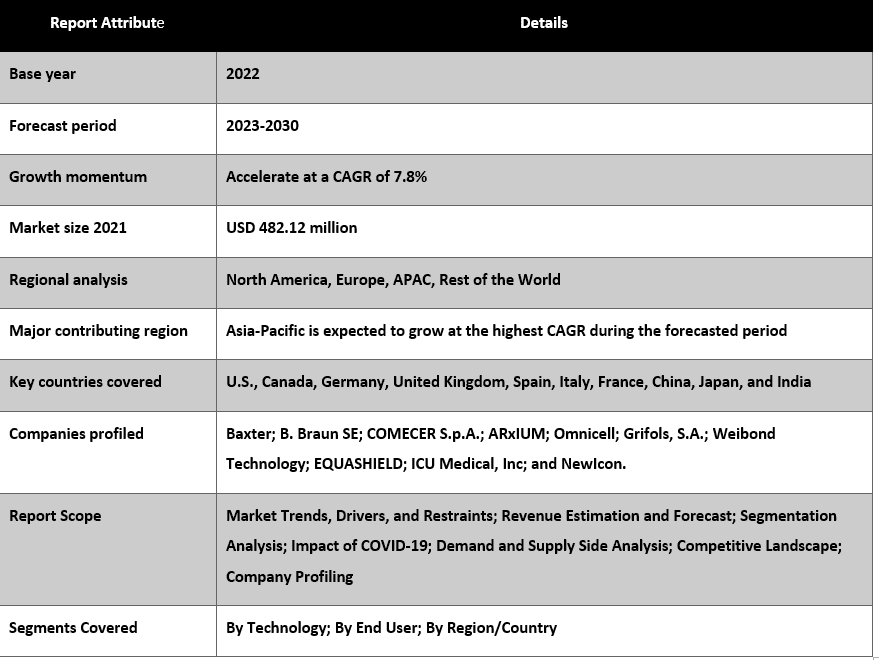
Reasons to buy this report:
- The study includes market sizing and forecasting analysis validated by authenticated key industry experts.
- The report presents a quick review of overall industry performance at one glance.
- The report covers an in-depth analysis of prominent industry peers with a primary focus on key business financials, product portfolios, expansion strategies, and recent developments.
- Detailed examination of drivers, restraints, key trends, and opportunities prevailing in the industry.
- The study comprehensively covers the market across different segments.
- Deep dive regional level analysis of the industry.
Customization Options:
The global automated compounding device (oncology) market can further be customized as per the requirement or any other market segment. Besides this, UMI understands that you may have your own business needs, hence feel free to connect with us to get a report that completely suits your requirements.
Table of Content
Research Methodology for the Automated Compounding Device (Oncology) Market Analysis (2023-2030)
Analyzing the historical market, estimating the current market, and forecasting the future market of the global automated compounding device (oncology) market were the three major steps undertaken to create and analyze the adoption of automated compounding device (oncology) in major regions globally. Exhaustive secondary research was conducted to collect the historical market numbers and estimate the current market size. Secondly, to validate these insights, numerous findings and assumptions were taken into consideration. Moreover, exhaustive primary interviews were also conducted, with industry experts across the value chain of the global automated compounding device (oncology) market. Post assumption and validation of market numbers through primary interviews, we employed a top-down/bottom-up approach to forecasting the complete market size. Thereafter, market breakdown and data triangulation methods were adopted to estimate and analyze the market size of segments and sub-segments of the industry pertains to. Detailed methodology is explained below:
Analysis of Historical Market Size
Step 1: In-Depth Study of Secondary Sources:
Detail secondary study was conducted to obtain the historical market size of the automated compounding device (oncology) market through company internal sources such as annual reports & financial statements, performance presentations, press releases, etc., and external sources including journals, news & articles, government publications, competitor publications, sector reports, third-party database, and other credible publications.
Step 2: Market Segmentation:
After obtaining the historical market size of the automated compounding device (oncology) market, we conducted a detailed secondary analysis to gather historical market insights and share for different segments & sub-segments for major regions. Major segments are included in the report as technology and end user. Further country-level analyses were conducted to evaluate the overall adoption of testing models in that region.
Step 3: Factor Analysis:
After acquiring the historical market size of different segments and sub-segments, we conducted a detailed factor analysis to estimate the current market size of the automated compounding device (oncology) market. Further, we conducted factor analysis using dependent and independent variables such as technology and end user of the automated compounding device (oncology) market. A thorough analysis was conducted for demand and supply-side scenarios considering top partnerships, mergers and acquisitions, business expansion, and product launches in the automated compounding device (oncology) market sector across the globe.
Current Market Size Estimate & Forecast
Current Market Sizing: Based on actionable insights from the above 3 steps, we arrived at the current market size, key players in the global automated compounding device (oncology) market, and market shares of the segments. All the required percentage shares split, and market breakdowns were determined using the above-mentioned secondary approach and were verified through primary interviews.
Estimation & Forecasting: For market estimation and forecast, weights were assigned to different factors including drivers & trends, restraints, and opportunities available for the stakeholders. After analyzing these factors, relevant forecasting techniques i.e., the top-down/bottom-up approach were applied to arrive at the market forecast for 2030 for different segments and sub-segments across the major markets globally. The research methodology adopted to estimate the market size encompasses:
- The industry’s market size, in terms of revenue (USD) and the adoption rate of the automated compounding device (oncology) market across the major markets domestically
- All percentage shares, splits, and breakdowns of market segments and sub-segments
- Key players in the global automated compounding device (oncology) market in terms of products offered. Also, the growth strategies adopted by these players to compete in the fast-growing market
Market Size and Share Validation
Primary Research: In-depth interviews were conducted with the Key Opinion Leaders (KOLs) including Top Level Executives (CXO/VPs, Sales Head, Marketing Head, Operational Head, Regional Head, Country Head, etc.) across major regions. Primary research findings were then summarized, and statistical analysis was performed to prove the stated hypothesis. Inputs from primary research were consolidated with secondary findings, hence turning information into actionable insights.
Split of Primary Participants in Different Regions
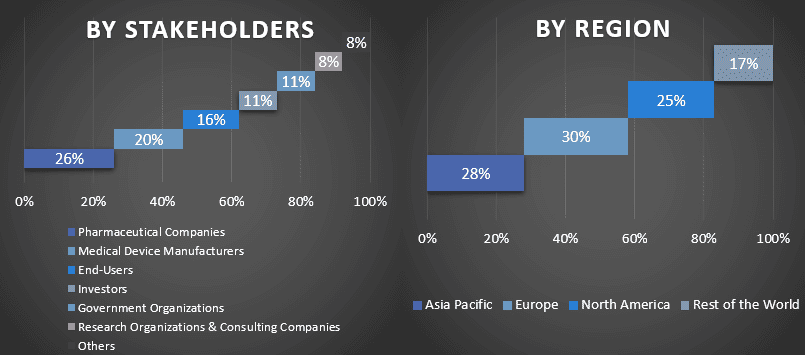
Market Engineering
The data triangulation technique was employed to complete the overall market estimation and to arrive at precise statistical numbers for each segment and sub-segment of the global automated compounding device (oncology) market. data was split into several segments & sub-segments post studying various parameters and trends in the areas of the technology and end user the global automated compounding device (oncology) market.
The main objective of the Global Automated Compounding Device (Oncology) Market Study
The current & future market trends of the global automated compounding device (oncology) market were pinpointed in the study. Investors can gain strategic insights to base their discretion for investments on the qualitative and quantitative analysis performed in the study. Current and future market trends determined the overall attractiveness of the market at a regional level, providing a platform for the industrial participant to exploit the untapped market to benefit from a first-mover advantage. Other quantitative goals of the studies include:
- Analyze the current and forecast market size of the automated compounding device (oncology) market in terms of value (USD). Also, analyze the current and forecast market size of different segments and sub-segments
- Segments in the study include areas of the technology and end user
- Define and analysis of the regulatory framework for the automated compounding device (oncology) industry
- Analyze the value chain involved with the presence of various intermediaries, along with analyzing customer and competitor behaviors of the industry
- Analyze the current and forecast market size of the automated compounding device (oncology) market for the major region
- Major countries of regions studied in the report include Asia Pacific, Europe, North America, and the Rest of the World
- Company profiles of the automated compounding device (oncology) market and the growth strategies adopted by the market players to sustain in the fast-growing market
- Deep dive regional level analysis of the industry
Related Reports
Customers who bought this item also bought

